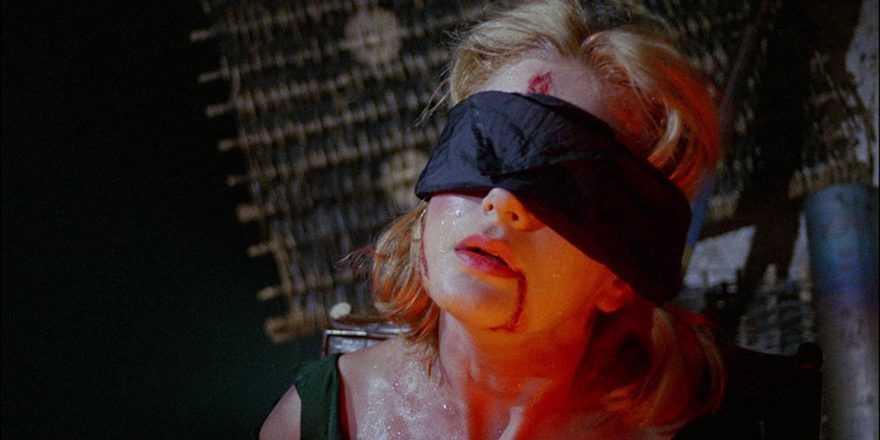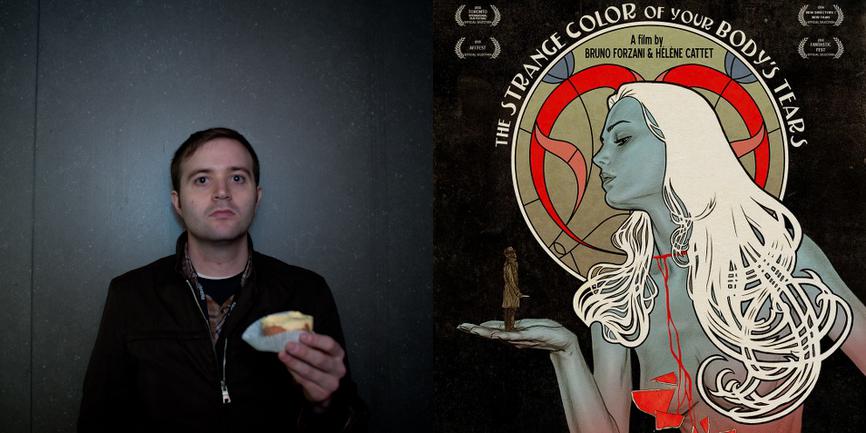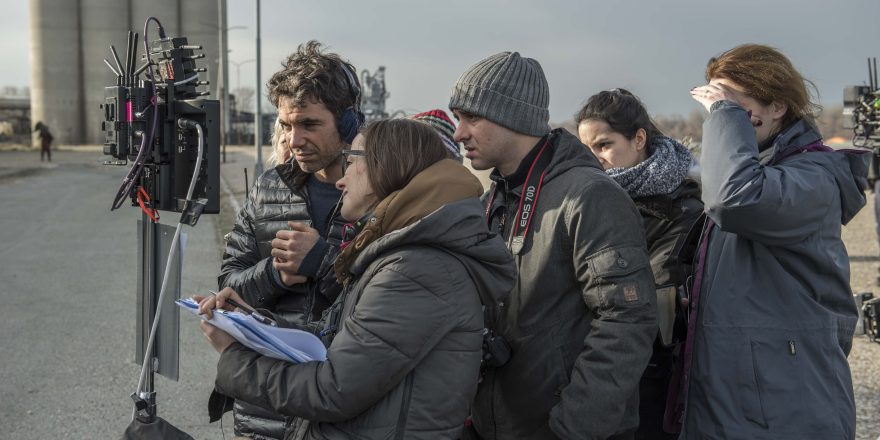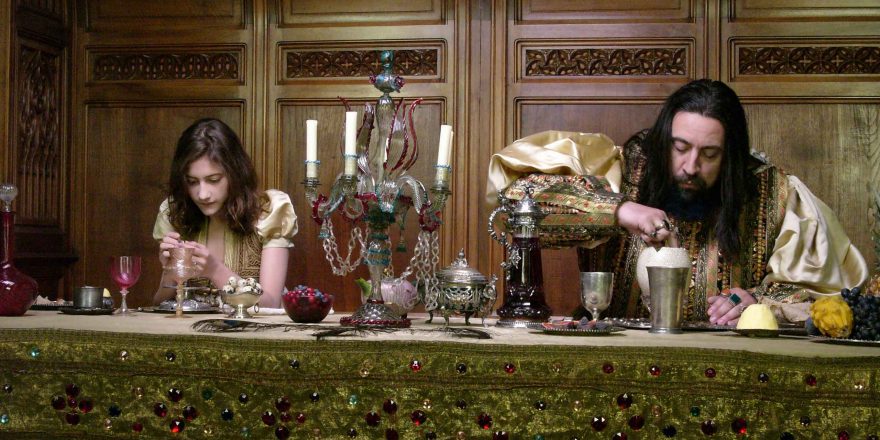For those not overly familiar with the horror subgenre giallo, the term refers to a group of more than 200 Italian horror-thriller-slasher films that share certain stylistic, thematic and plot traits, aimed at an audience who love their content a little more unhinged, and seedy, than the average horror fan.
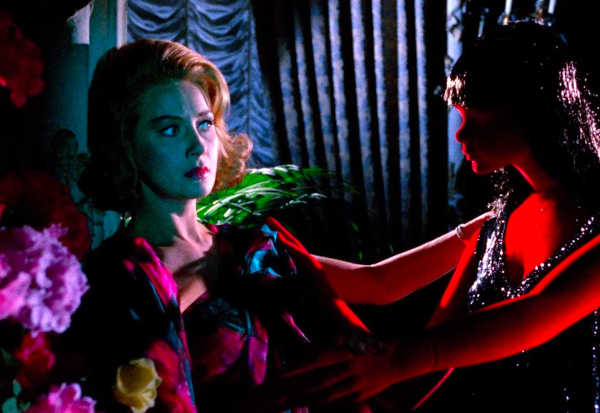
These films are (in)famous for prominent female nudity, extreme violence, bizarre kills, dazzling color, fetishistic imagery, obsession and paranoia, perversion and corruption, a gloved hand, a hidden face and a lot of blood. The titles range from the abstract / arch (The Bird with the Crystal Plumage, A Lizard in a Woman’s Skin, Your Vice is a Locked Room and Only I Have the Key) to those that literally spell out exactly how many murders to expect (The Red Queen Kills Seven Times, Seven Blood Stained Orchids, 5 Dolls for an August Moon).
Many are renowned for their incredible scores. Goblin’s soundtrack for Dario Argento’s Suspiria is a huge cult classic. Ennio Morricone produced multiple stunning and unsettling scores for films like Spasmo and What Have You Done to Solange? Berto Pisano (Interrabang), Gianni Ferrio (Death Walks at Midnight) and pop star turned composer Pino Donaggio (Don’t Look Now, Tourist Trap, and multiple Brian De Palma classics) became titans in the genre, and Stelvio Cipriani created magnificent scores for even the most boring giallo movies, such as The Iguana with the Tongue of Fire – a film gifted a score that eclipses any production merits.
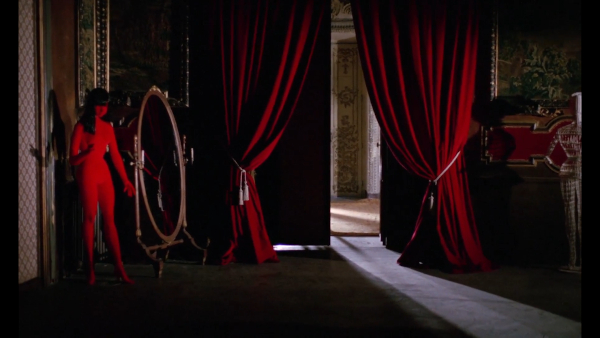
My favorite giallo – for both story and score – is the Mario Bava film which (thanks to international release and liberal translation) enjoys both a poetic, alluring English name, Blood and Black Lace, and a title which explicitly reveals the body count in its original Italian, Sei Donne Per L’Assassino (Six Women for the Murderer). While Bava’s previous film, Evil Eye (also known as The Girl Who Knew Too Much), is widely considered the first true giallo, this film is often cited as the most influential, for reasons that become very clear when you watch it.
The tragedy of Blood and Black Lace is that you’re likely to have seen enough later giallo films that were heavily influenced by it that you can see the kills coming, and probably guess the twist. Many horror fans will have seen Suspiria, Profondo Rosso or one of Argento’s other canonised films, Emilio Miraglia’s The Night Evelyn Came Out of the Grave, Lucio Fulci’s The New York Ripper or Michele Soavi’s Stagefright, without even realizing they live in the giallo world. But, while Blood and Black Lace’s shocks might not be a total surprise for all, the film remains essential viewing from start to finish.
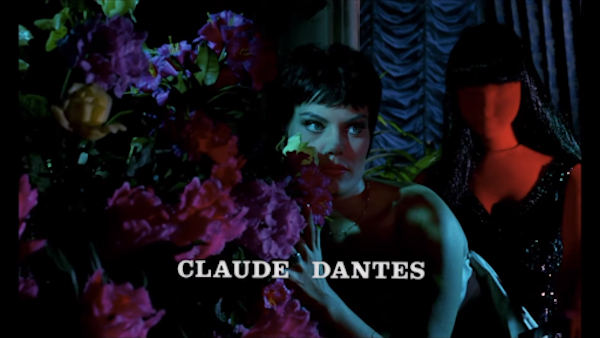
And let’s be very clear about how perfect the start is: the title sequence is a masterpiece. The very finest visual choices are in full effect here in two minutes of cinema so exquisite that I could (and do) watch them over and over. The characters and actors are introduced, one by one, amidst an abstract, oversaturated world of mannequins, bringing the audience immediately into the dark, murderous Italian fashion house where the action takes place, while Carlo Rustichelli’s gorgeous, erotically charged score sizzles alongside the visuals. Then, the lies, jealousy, betrayal, murder, mystery and outrageous violence take to the catwalk, draped in exquisite fashions.
Blood and Black Lace is a masterclass in extremism. Bava pushes the levels of eroticism, violence, and even the film’s color saturation, to excess and makes something stunning and engaging out of material which could easily have turned out cheap and tasteless if done poorly. In giallo films, the eroticism is almost exclusively centred around female nudity (although in the ultra-cheap ’80s giallo slasher Pieces, you are treated to a penis!) often feeling gratuitous, exploitative and misogynist. In this film, however, without giving a spoiler away, the erotica of the murders is ingeniously integral to plot of the film …
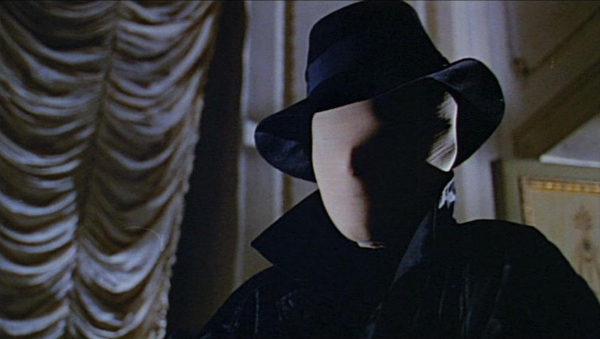
As a gay man, there are many giallo films I struggle with. I’m clearly not here for the boobs, and there is little representation of LGBTQ+ characters save some (often yawnsome and needless) lesbian action, and possibly stock figure like a deranged man who dons a dress and wig and murders for some obscure reason or other. As the giallo subgenre became more popular, the films were increasingly filled with predictable female nudity and seemingly inevitable lesbian plotlines, making each film barely indistinguishable from the others. Maybe that’s why I find Blood and Black Lace such a standout piece of work. While incredibly violent, the murders are not designed simply to turn on a sleazy male viewer. They are works of art that later entries in the giallo canon parodied and rehashed, with those cheaper imitations aimed at exciting the men in the audience. If you haven’t seen Blood and Black Lace before its subsequent giallo lineage, it’s easy to overlook the film’s unique moments as standard giallo tropes, rather than genuinely wild moments that were essential to the formation of the subgenre.
Giallo films often suffer from one-dimensional characters and wobbly dialogue. In Blood and Black Lace, the script treats most of the characters like living mannequins – beautiful but vague. You get just enough information about each one for a little context, but nothing that would prove them innocent or guilty of any suspicion. They all walk the script like a turn on the catwalk, their entry and exit both cataclysmic in its violence, yet just another part of the overall show.
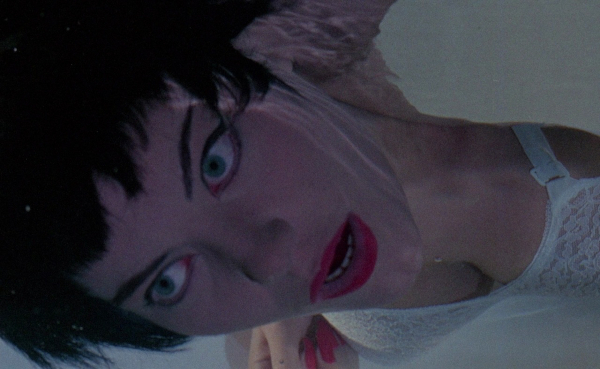
I’d argue that Blood and Black Lace is a work of genius, a triumph greater than the sum of its parts – even though each part is impressive in its own right. The score is sassy and titillating, and smarter than it lets on, stripping off layers as the killing escalates, enhancing the creeping dread. The set design, lighting and color tones are breathtaking – the whole world of the film is a nightmarish but beautiful, over-saturated labyrinth of gorgeous interiors and lurking danger. The characters are undefined enough throughout to be equally plausible as victim or secret killer, keeping the air of secrecy, jealousy and omnipresent danger alive at all times. The violence is shocking and extreme, but partially tied to the plot twist, so never throwaway.
Why do I love this problematic genre? I think it’s because of its flaws. While I recognize that many lesser gialli are very “copy and paste” in their construction, the good giallo films are really examples of high art. They somehow make the ugly beautiful, and make the disgusting enchanting. Worlds devoid of morals become enthralling when the finer directors throw logic to the wind to create weird, unique terrorscapes. And as a composer, it’s a delight to feel the score as another main character in some of the films, especially in Blood and Black Lace, where it feels like the music is written into every step taken by the characters in their fateful catwalks.
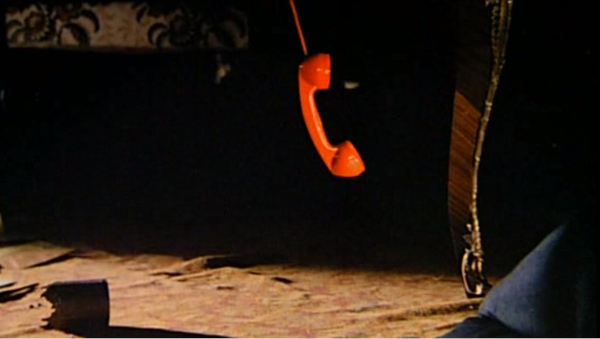
To me, this film belongs on a list of classics which have been lovingly referenced (or blatantly copied) but very seldom bettered – still remaining absolutely iconic and absolutely, 100 percent worth diving into to understand where many of your later favorites got their inspiration from.


